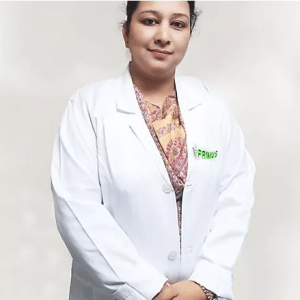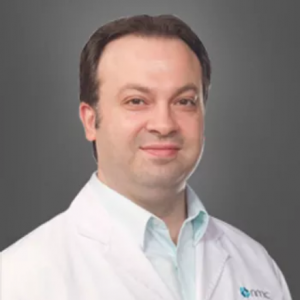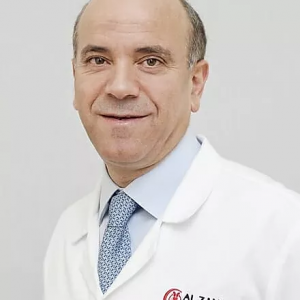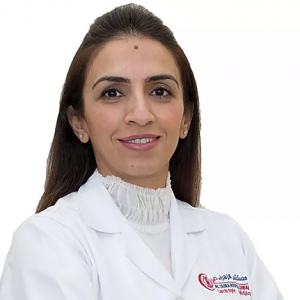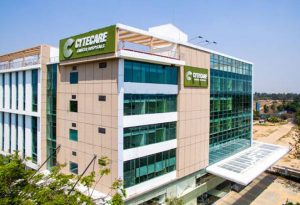Colorectal Cancer Surgery in Canada: Surgical Procedures and Recovery Tips
Surgery is the most common treatment for colorectal cancer in Canada; the surgery may range from minimally invasive to, in some cases, removing the entire colon. Many of the procedures involve the removal of tumours, the section of the colon where the tumour is found, the surrounding unaffected tissue and the lymph nodes that are… Read More
Top Doctors For Colorectal Cancer Surgery in Canada: Surgical Procedures and Recovery Tips Treatments
Top Hospitals For Colorectal Cancer Surgery in Canada: Surgical Procedures and Recovery Tips Treatments
Colorectal Cancer Surgery in Canada: Surgical Procedures and Recovery Tips
Surgery is the most common treatment for colorectal cancer in Canada; the surgery may range from minimally invasive to, in some cases, removing the entire colon. Many of the procedures involve the removal of tumours, the section of the colon where the tumour is found, the surrounding unaffected tissue and the lymph nodes that are nearby. The affected patients may receive radiation therapy and, in some cases, chemotherapy. This may be before or after the surgery; both may happen in some instances.
These therapies are conducted to shrink the tumours before they are then removed through surgery; the cancer cells that may be left behind are also targeted. Before the surgery, the colon must undergo preparation; this is referred to as the bowel prep, and it is done for the colon to be clean and empty during the surgery. This will happen whether the patient is doing a polyp removal during a colonoscopy, or in the case where a part of the tumour and the colon or rectum is being removed. For bowel prep, different methods like enemas, pills or even laxative drinks may be used to flush out the colon. The healthcare team will usually inform the patient about what to expect, and they should prepare to spend some time in the toilet the day or night before the surgery.
The type of colorectal surgery that will be carried out will largely depend on the cancer stage. While early cancers may be handled through a local procedure, which is minimally invasive and the surgeon does not cut through the abdomen; more advanced cancers may require more complex surgical procedures where the surgeon will remove all or some parts of the colon or the rectum, or even both. In some cases, where cancer has spread to surrounding tissue or organs like the liver, the treatment may require the tumours in those areas be removed as well.
Polypectomy and Local Excision
Some colon cancers are in the early stages (stage 0 and some early stage I tumours), and most polyps can be removed during a colonoscopy. A colonoscopy inserts a long, thin, flexible tube – with a tiny camera attached to the end, into the patient’s rectum; the tube is then gradually eased into the colon. The following procedures can be carried out during a colonoscopy:
- Polypectomy – This is the removal of the cancer as part of a polyp. The polyp is cut at its base with the aid of a wire loop passed through the colonoscope. The wire loop then cuts the polyp off the wall of the colon with an electric current.
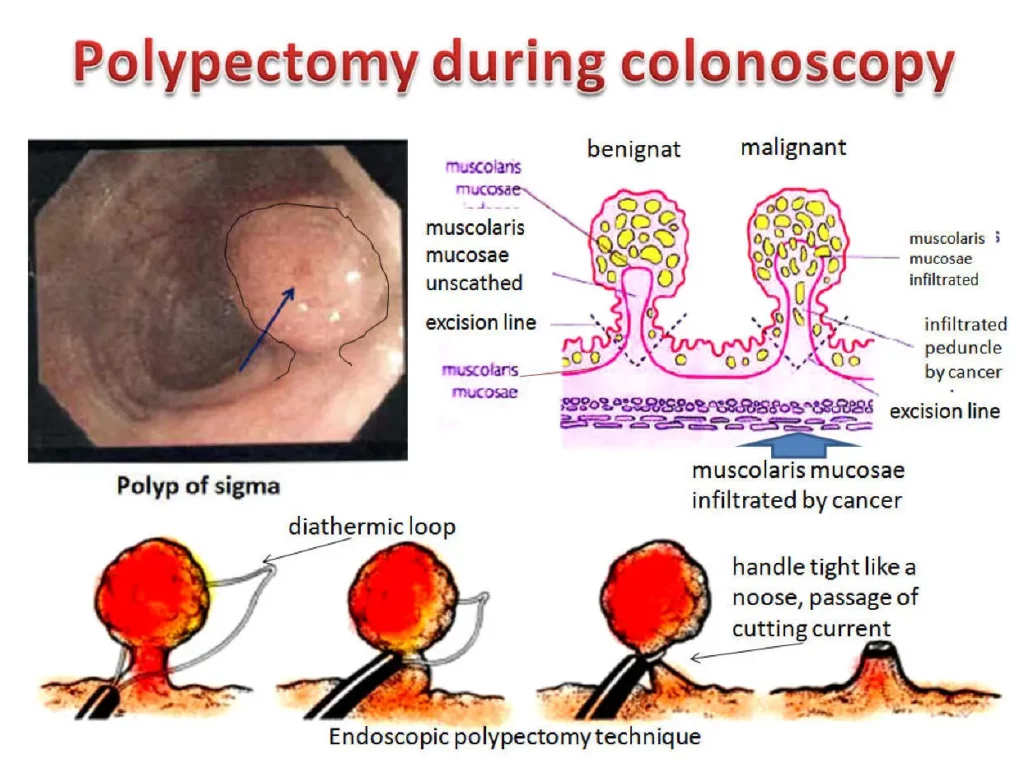
- Local excision – This is a slightly more complex procedure; the tools for the procedure are also passed through the colonoscope. The tools are used to remove small cancers on the lining of the colon and a small amount of the surrounding healthy tissues on the wall of the colon.
This procedure does not involve any incisions; it is minimally invasive. The main aim of the procedure is to remove the tumour intact. In the case that some cannot be removed, or if after examination of the tumour, there is a chance that they can spread, there may then be a need for a more invasive surgery.
Colectomy
Colectomy is a surgery that is done to remove all or a part of the colon, as well as the nearby lymph nodes. A hemicolectomy is done when only a part of the colon is removed; it can also be referred to as a segmental resection or partial colectomy. The section of the colon with the cancer is removed with a small segment of the healthy colon. Depending on the size and location of the cancer, about a third or a fourth of the colon is removed. Then, the remaining sections of the colon are reattached. In this procedure about 12 nearby lymph nodes are also removed. They can be examined for any signs of cancer. A total colectomy is done if there is also a problem in the parts of the colon without cancer, like a lot of polyps or sometimes inflammatory bowel disease.
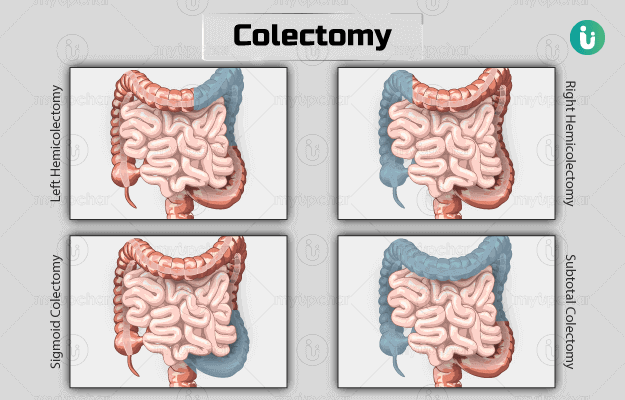
Procedure for the surgery
The surgery can either be done through an open colectomy where a single long incision is cut in the abdomen, or a laparoscopic assisted colectomy; this is done through smaller incisions through which tools are passed. A laparoscope – a long, thin, lighted tube with a camera attached that enables the surgeon to see inside the abdomen, is passed through one of the incisions. This type of surgery requires special expertise and may not be the best option for all patients. This surgery may also require the patient to undergo an overseas medical treatment due to its level of sophistication. This service is usually offered by medical travel agencies or meditour agencies and can be a form of medical or health tourism. However, because the surgery is done through smaller incisions, the patients have a faster recovery.
A stent – a hollow expandable metal tube, is used to keep the colon open in instances where the cancer blocks the colon. This is done so the patient can prepare for the surgery. If the tumour has caused a hole in the colon, then surgery is required imminently. In this type of surgery, while it is the same as a colectomy, the top end of the colon is then attached to an opening (stoma) made on the skin of the abdomen. This opening is called a colostomy and is used to excrete stool. It is usually only needed for a short time. An ileostomy is when the ileum is connected to the stoma in the skin instead of the colon. In both cases, a bag sticks to the skin around the stoma to hold the stool.
A colostomy or ileostomy reversal happens when the patient is healthier, where the ends of the colon are reattached or the ileum is attached back to the colon. This is usually done within 2-6 months after the ostomy was first done. In some cases where the tumour cannot be removed, or a stent is placed, the colostomy or ileostomy may need to be permanent.
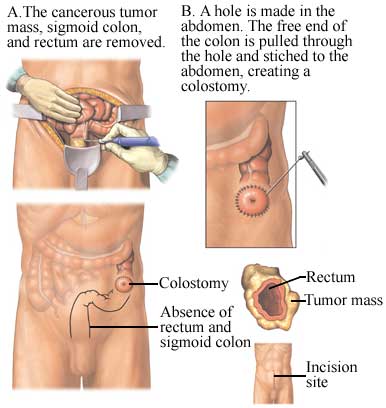
Recovery
The recovery time after the procedure will depend on the age of the patient, the level of invasiveness of the surgery if a stoma was done and the general health of the patient. The patient will be in the hospital for about a week, but a full recovery may take from 2-3 months. The patient can anticipate the following while in the hospital:
- Wear compression stockings to keep blood flowing in the legs.
- A daily injection of blood thinners to prevent the development of clots
- The patient will have to avoid driving after the surgery until they can move without pain or till the doctor informs them that they can.
- Pain medication will also be administered to control any pain that the patient may be experiencing.
- The patient will be given fluids through a drip for a few days until they can start eating and drinking.
- A catheter may be inserted into the bladder to drain the urine or from the abdomen to drain fluid from around the surgical area.
The healthcare team will encourage the patient to start walking the day after the surgery. They will also instruct them to avoid any heavy lifting for about a month or two. The patient will also have sessions with the physiotherapist where they will learn exercises that will help keep their lungs clear and reduce their chances of getting a chest infection. They will also help them do some general exercise, which helps the patient return faster to their normal activities and reduce their risk of infections.











